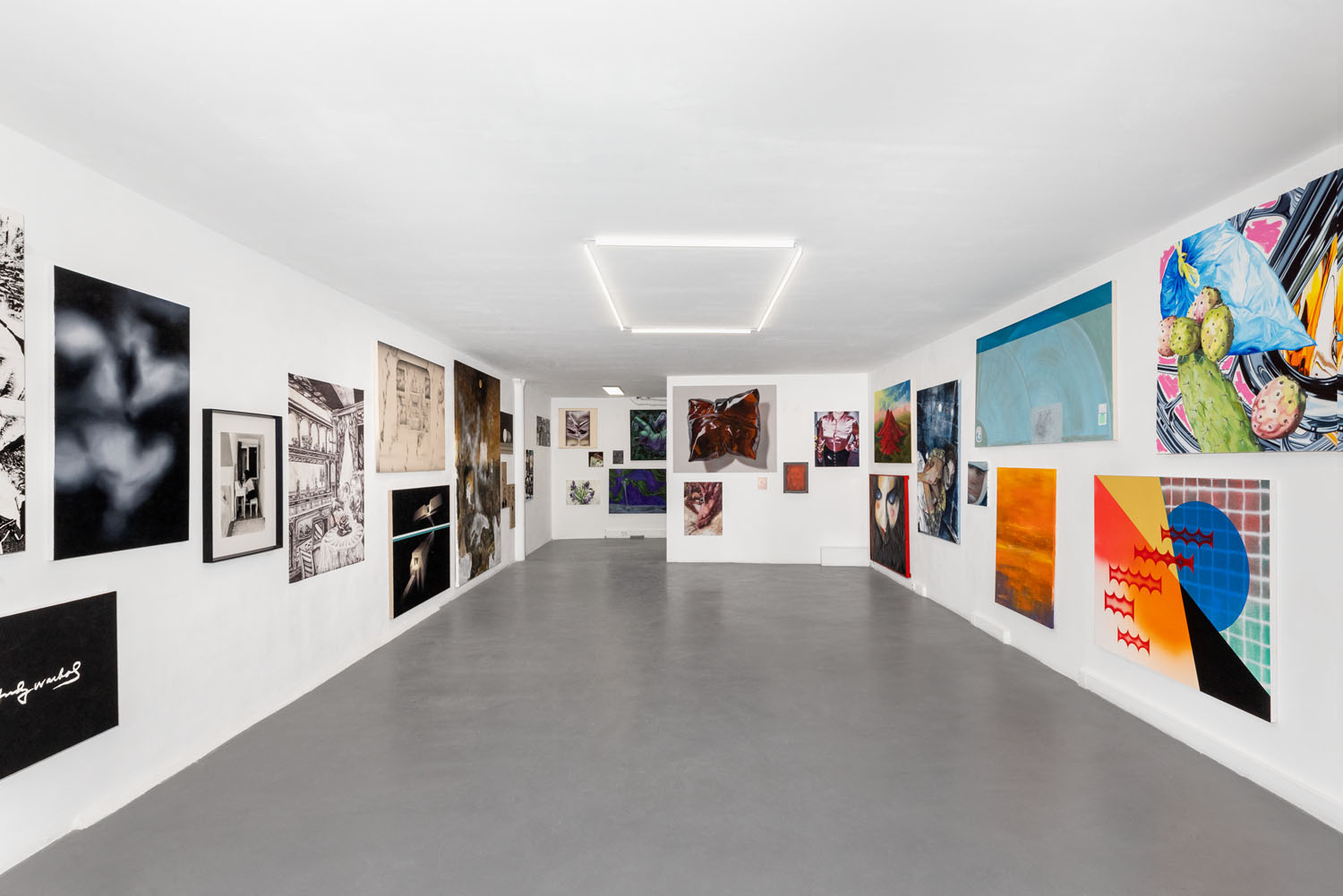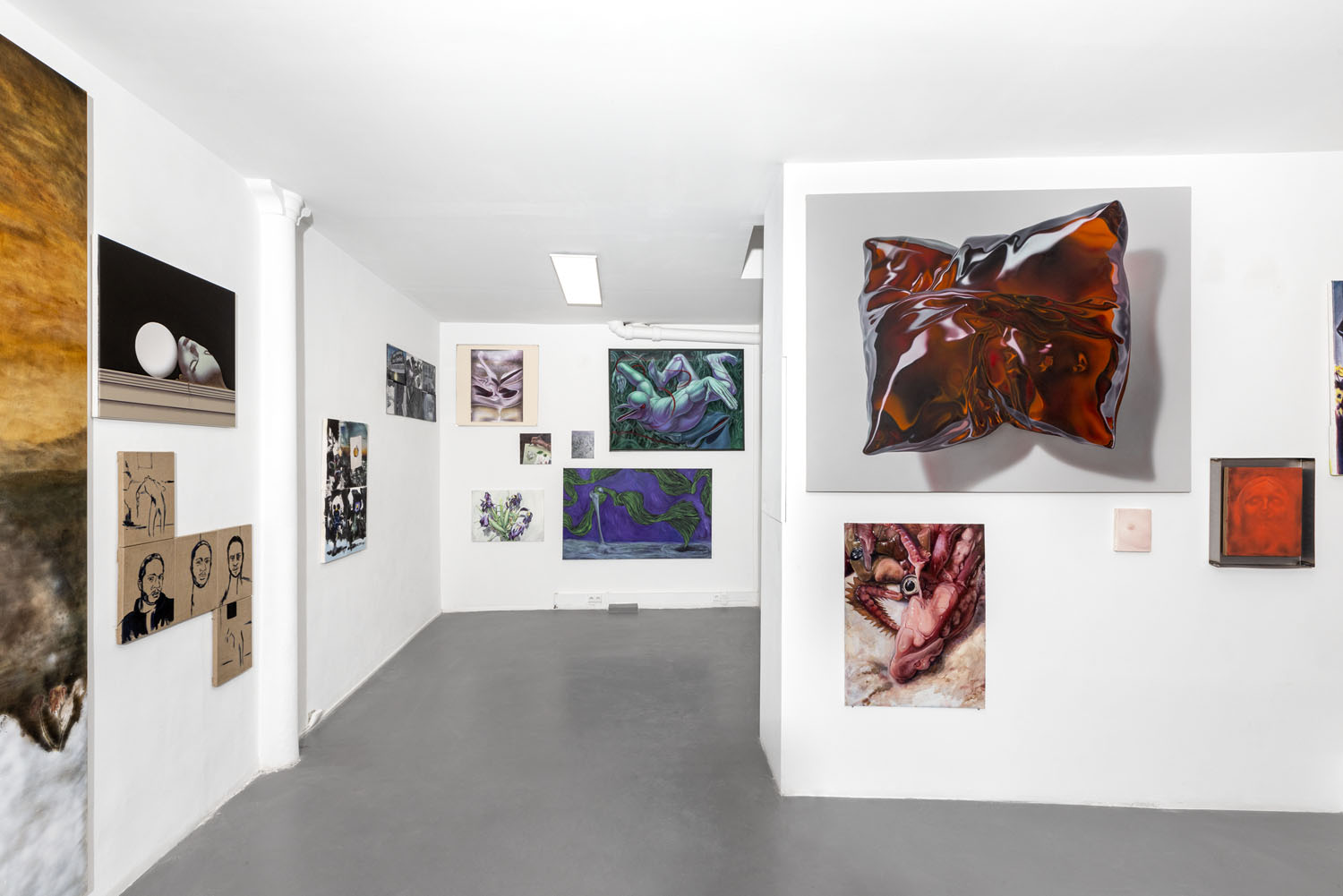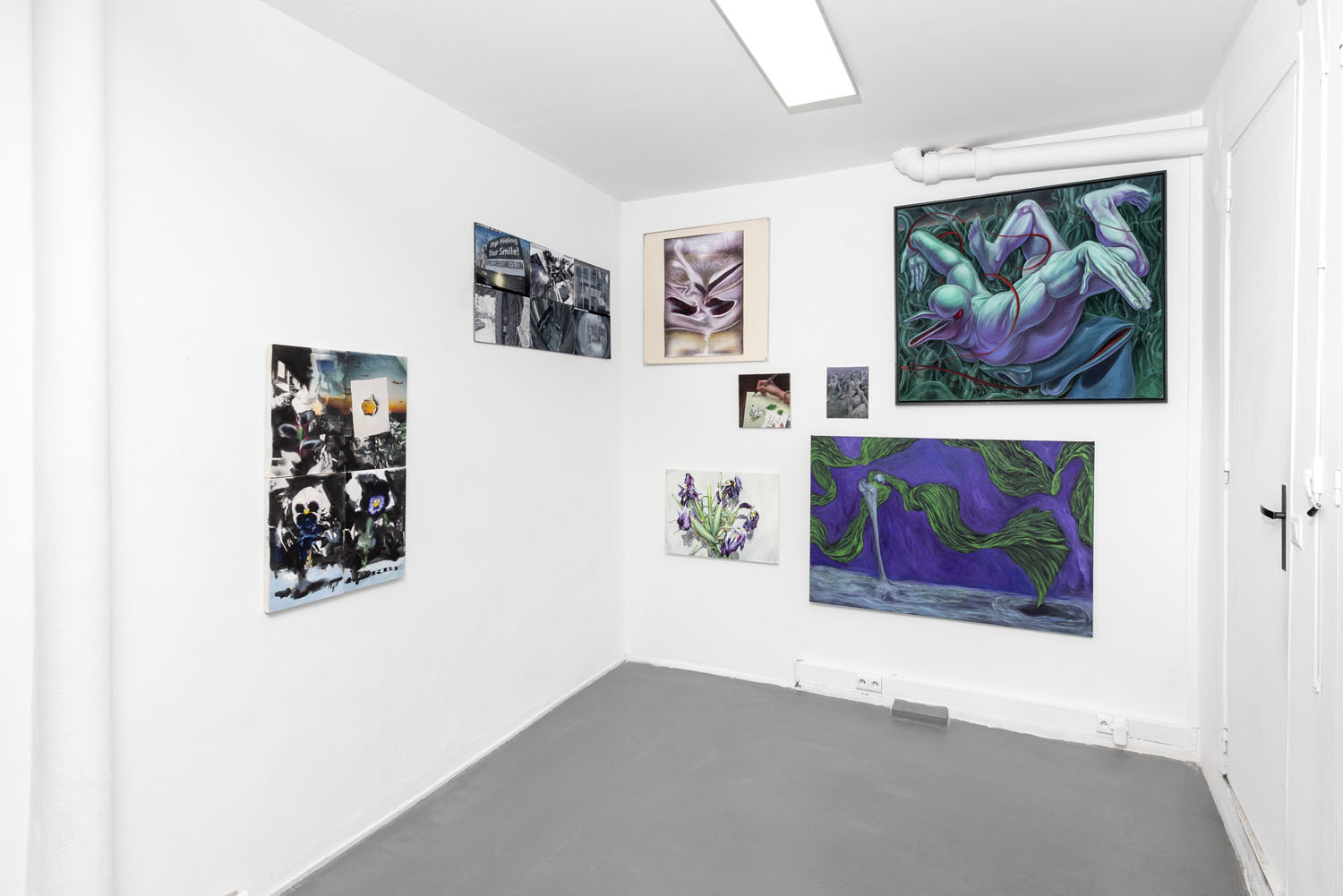Exhibitions
On May 1, 1947, a young woman jumped from the observation deck of the Empire State Building. She fell 86 floors and crashed into the limousine of a UN diplomat. A photography student was nearby and took several photos of the corpse just after the crash. One of these photos, taken from a low angle, shows the woman as if asleep in a cocoon of crumpled metal; her appearance is so peaceful in contrast to the violence of the action that it looks almost like a fashion print. The photograph was then sold to Life Magazine, which published it with the caption: "The most beautiful suicide". As soon as it was published, the photo caused a sensation. It has been reused by many artists, from Andy Warhol to Taylor Swift, immortalising this young woman forever in the American collective imagination.
What the photograph does not show is the note scribbled by the deceased and which was found in her pocket, asking for her remains to be cremated so that no trace of her body would remain. She did not want her family, or anyone else, to remember her and writes that her boyfriend had recently proposed to her, but that she is convinced that she would not make a good wife because she would be too much like her mother.
The aesthetic power of this photograph is undeniable. It is fascinating in many ways, but it does not respect the dead woman’s final wishes - instead, her name was banded around to fulfil the sensationalist drive of newspaper readers. Even worse, in arguing that this photo represents the ‘most beautiful’ suicide, the magazine thus implies a classification of suffering, a hierarchy of tragedies, an evaluation of despair. A suicide is above all a personal tragedy, one that becomes the tragedy of everybody who knew the individual – loved ones who torture themselves by asking themselves: could they have done anything about it? Anyone who has experienced this feeling of helplessness and guilt knows that there will never be a beautiful suicide.
We will never know why some people decided to end their lives. But it is possible to show those we love why every moment is worth living. While it is too late to undo past tragedies, it is never too early to work on preventing future ones. By subverting the productivist logic that seems to dictate contemporary happiness, and by accepting the fact that not always feeling your best is allowed, perhaps the restraints of mental and psychological distress could be loosened, so that such tragedies never need to happen again.
"There will never be a beautiful suicide" is an exhibition that pays tribute to all those anonymous people who decided to end their lives and whom history will not remember. It is an exhibition that restores the anonymity of this woman who wanted nothing more than to be forgotten. The project is an invitation to thirty-five painters who have been given the freedom to re-interpret this photograph. They form a community of the moment, whose eclectic works have been created through their own gaze, in a collision of aesthetics, sensibilities, and convictions.
Text and curation : Andy Rankin
List of artists presented :
Annabelle Agbo Godeau - César Bardoux - Jimmy Beauquesne - Louise Belin - Abdelhak Benallou - Diane Benoit du Rey - Mathias Bensimon - Raphaëlle Bertran Pinheiro - Pauline Bertholon - Marie Boyer - Cyril Debon - Gaspard Girard d'Albissin - Ludivine Gonthier - Antonin Hako - Julien Heintz - Augustin Katz - Oleg de la Morinerie - Louis Le Kim - Antoine Leisure - Simon Leroux - Marco Mastropieri - Samir Mougas - Raphaël-Bachir Osman - Kim Ouddane Munn - Brieuc Remy - Pedro Ruxa - Lassana Sarre - Ugo Sebastiao - Siam - Lisa Signorini - Louis Somveille - Thomas Vergne - Charlie Verot - Pedro Ventura Matos - Gaspar Willmann
What the photograph does not show is the note scribbled by the deceased and which was found in her pocket, asking for her remains to be cremated so that no trace of her body would remain. She did not want her family, or anyone else, to remember her and writes that her boyfriend had recently proposed to her, but that she is convinced that she would not make a good wife because she would be too much like her mother.
The aesthetic power of this photograph is undeniable. It is fascinating in many ways, but it does not respect the dead woman’s final wishes - instead, her name was banded around to fulfil the sensationalist drive of newspaper readers. Even worse, in arguing that this photo represents the ‘most beautiful’ suicide, the magazine thus implies a classification of suffering, a hierarchy of tragedies, an evaluation of despair. A suicide is above all a personal tragedy, one that becomes the tragedy of everybody who knew the individual – loved ones who torture themselves by asking themselves: could they have done anything about it? Anyone who has experienced this feeling of helplessness and guilt knows that there will never be a beautiful suicide.
We will never know why some people decided to end their lives. But it is possible to show those we love why every moment is worth living. While it is too late to undo past tragedies, it is never too early to work on preventing future ones. By subverting the productivist logic that seems to dictate contemporary happiness, and by accepting the fact that not always feeling your best is allowed, perhaps the restraints of mental and psychological distress could be loosened, so that such tragedies never need to happen again.
"There will never be a beautiful suicide" is an exhibition that pays tribute to all those anonymous people who decided to end their lives and whom history will not remember. It is an exhibition that restores the anonymity of this woman who wanted nothing more than to be forgotten. The project is an invitation to thirty-five painters who have been given the freedom to re-interpret this photograph. They form a community of the moment, whose eclectic works have been created through their own gaze, in a collision of aesthetics, sensibilities, and convictions.
Text and curation : Andy Rankin
List of artists presented :
Annabelle Agbo Godeau - César Bardoux - Jimmy Beauquesne - Louise Belin - Abdelhak Benallou - Diane Benoit du Rey - Mathias Bensimon - Raphaëlle Bertran Pinheiro - Pauline Bertholon - Marie Boyer - Cyril Debon - Gaspard Girard d'Albissin - Ludivine Gonthier - Antonin Hako - Julien Heintz - Augustin Katz - Oleg de la Morinerie - Louis Le Kim - Antoine Leisure - Simon Leroux - Marco Mastropieri - Samir Mougas - Raphaël-Bachir Osman - Kim Ouddane Munn - Brieuc Remy - Pedro Ruxa - Lassana Sarre - Ugo Sebastiao - Siam - Lisa Signorini - Louis Somveille - Thomas Vergne - Charlie Verot - Pedro Ventura Matos - Gaspar Willmann
videos
Share
 BACK
BACK






